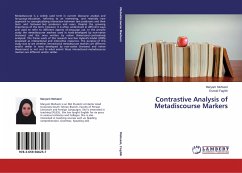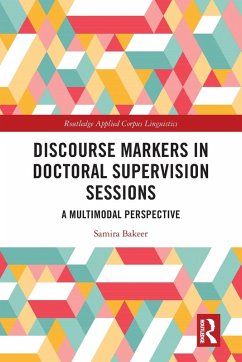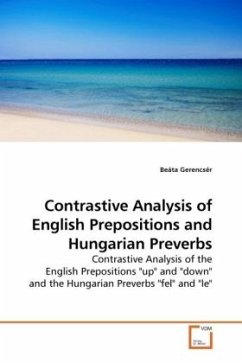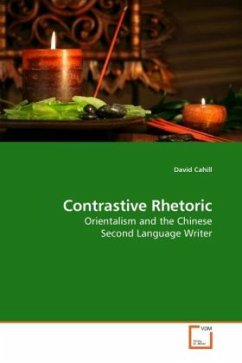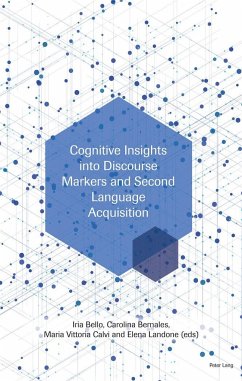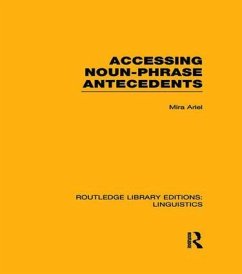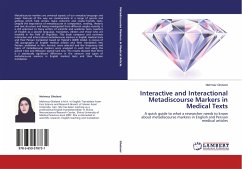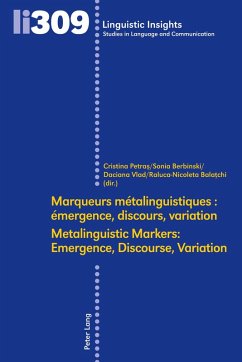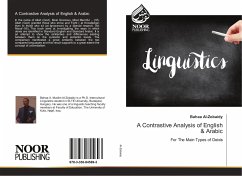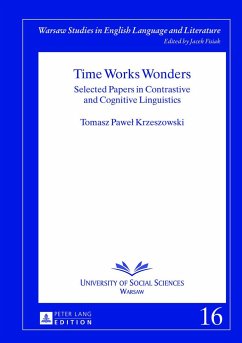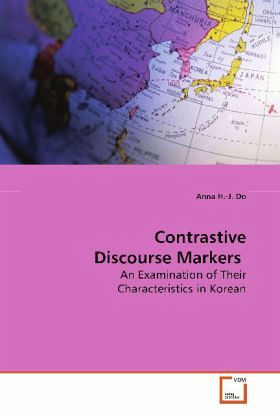
Contrastive Discourse Markers
An Examination of Their Characteristics in Korean
Versandkostenfrei!
Versandfertig in 6-10 Tagen
45,99 €
inkl. MwSt.

PAYBACK Punkte
23 °P sammeln!
This book intends to make a contribution to the field of DMs (Discourse Markers) by investigating Korean CDMs (Contrastive Discourse Markers) that can roughly be translated as the English but, while hewing quite closely to Fraser s (2006b) account of their counterparts in English. By exploring the Korean language, in which socially hierarchical relationships and deference are highly valued by its speakers, this book seeks to shed light on how the sociolinguistic aspects of context impinge upon both the use and the interpretation of CDMs and thereby add a dimension not found in English. Further...
This book intends to make a contribution to the
field of DMs (Discourse Markers) by investigating
Korean CDMs (Contrastive Discourse Markers) that can
roughly be translated as the English but, while
hewing quite closely to Fraser s (2006b) account of
their counterparts in English. By exploring the
Korean language, in which socially hierarchical
relationships and deference are highly valued by its
speakers, this book seeks to shed light on how the
sociolinguistic aspects of context impinge upon both
the use and the interpretation of CDMs and thereby
add a dimension not found in English. Furthermore,
by utilizing corpus data on both written and spoken
discourse, this book aims to expand our
understanding of DMs by sharpening our descriptions
and broadening our awareness of how they are
actually used in discourse. It hopefully will add
another volume to the fast-growing body of corpus-
based studies in the field of DMs.
field of DMs (Discourse Markers) by investigating
Korean CDMs (Contrastive Discourse Markers) that can
roughly be translated as the English but, while
hewing quite closely to Fraser s (2006b) account of
their counterparts in English. By exploring the
Korean language, in which socially hierarchical
relationships and deference are highly valued by its
speakers, this book seeks to shed light on how the
sociolinguistic aspects of context impinge upon both
the use and the interpretation of CDMs and thereby
add a dimension not found in English. Furthermore,
by utilizing corpus data on both written and spoken
discourse, this book aims to expand our
understanding of DMs by sharpening our descriptions
and broadening our awareness of how they are
actually used in discourse. It hopefully will add
another volume to the fast-growing body of corpus-
based studies in the field of DMs.



